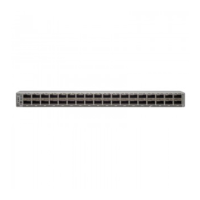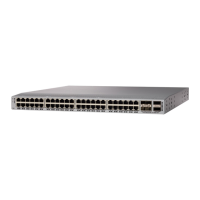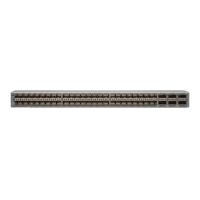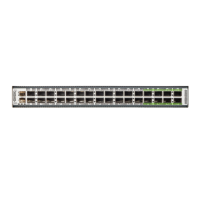1
Initializing—The link is initializing.
2
Offline—The port is offline.
3
Link failure or not connected—The physical layer is not operational, and there is no active device
connection.
When you are troubleshooting an unexpected link flapping, you should know the following information:
•
Who initiated the link flap.
•
The actual link down reason.
SolutionPossible CauseProblem
Use the shutdown command followed by
the no shutdown command to return the
port to the normal state.
The bit rate exceeds the threshold and
puts the port into the errDisabled
state.
An unexpected link
flapping occurs.
Determine the link flap reason as indicated
by the MAC driver. Use the debug
facilities on the end device to troubleshoot
the problem. An external device might
choose to reinitialize the link when it
encounters the error. In such cases, the
method of reinitializing the link varies by
device.
A problem in the system triggers the
link flap action by the end device.
Some of the causes are as follows:
•
A packet drop in the device
occurs because of either a
hardware failure or an
intermittent hardware error
such as an X-bar sync loss.
•
A packet drop results from a
software error.
•
A control frame is erroneously
sent to the device.
A Port Is in the ErrDisabled State
The ErrDisabled state indicates that the switch detected a problem with the port and disabled the port. This
state could be caused by a flapping port or a high amount of bad frames (CRC errors), which could indicate
a problem with the media.
SolutionPossible CauseProblem
See Verifying the ErrDisable State Using
the CLI, on page 43 to verify the SFP,
cable, and connections.
The port is flapping.A port is in the
ErrDisabled state.
The device detected a high amount of
bad frames (CRC errors), which might
indicate a problem with the media.
Cisco Nexus 9000 Series NX-OS Troubleshooting Guide, Release 7.x
42
Troubleshooting Ports
A Port Is in the ErrDisabled State
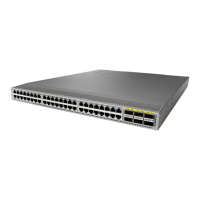
